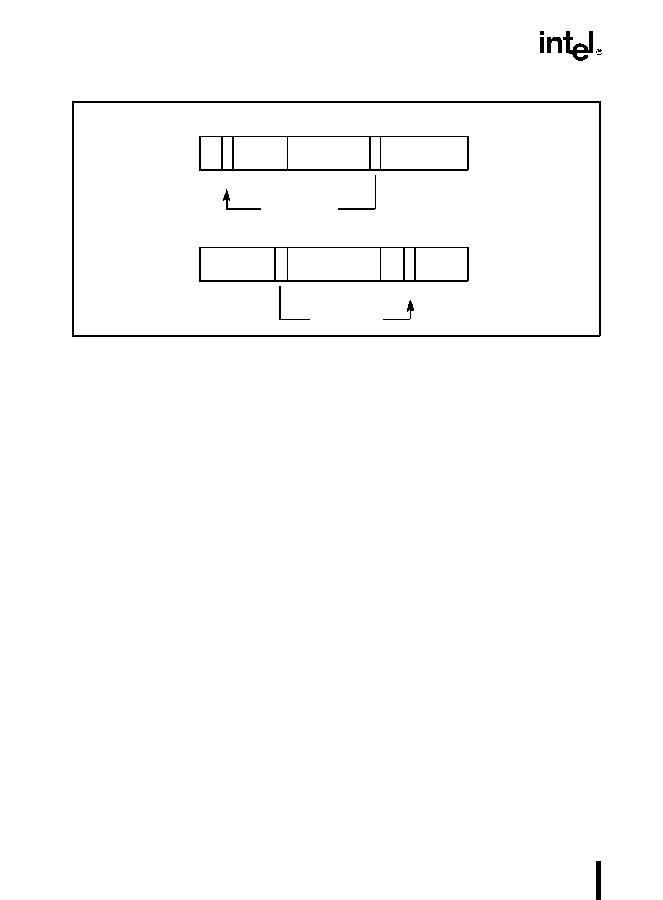3-12
INSTRUCTION SET REFERENCE
3.1.5.FPU Flags Affected
The floating-point instructions have an FPU Flags Affected section that describes how each
instruction can affect the four condition code flags of the FPU status word.
3.1.6.Protected Mode Exceptions
The Protected Mode Exceptions section lists the exceptions that can occur when the instruc-
tion is executed in protected mode and the reasons for the exceptions. Each exception is given
a mnemonic that consists of a pound sign (#) followed by two letters and an optional error code
in parentheses. For example, #GP(0) denotes a general protection exception with an error code
of 0. Table 3-2 associates each two-letter mnemonic with the corresponding interrupt vector
number and exception name. Refer to Chapter 5, Interrupt and Exception Handling, of the Intel
Architecture Software Developers Manual, Volume 3, for a detailed description of the excep-
tions.
Application programmers should consult the documentation provided with their operating
systems to determine the actions taken when exceptions occur.
3.1.7.Real-Address Mode Exceptions
The Real-Address Mode Exceptions section lists the exceptions that can occur when the
instruction is executed in real-address mode.
Figure 3-2. Memory Bit Indexing
BitBase + 1
0
7
7
75
0
0
BitBase
?
2
0
7
7
7
5
0
0
BitBase
BitBase
?
1
BitOffset = +13
BitOffset =
?
11
BitBase
?
1
BitBase

